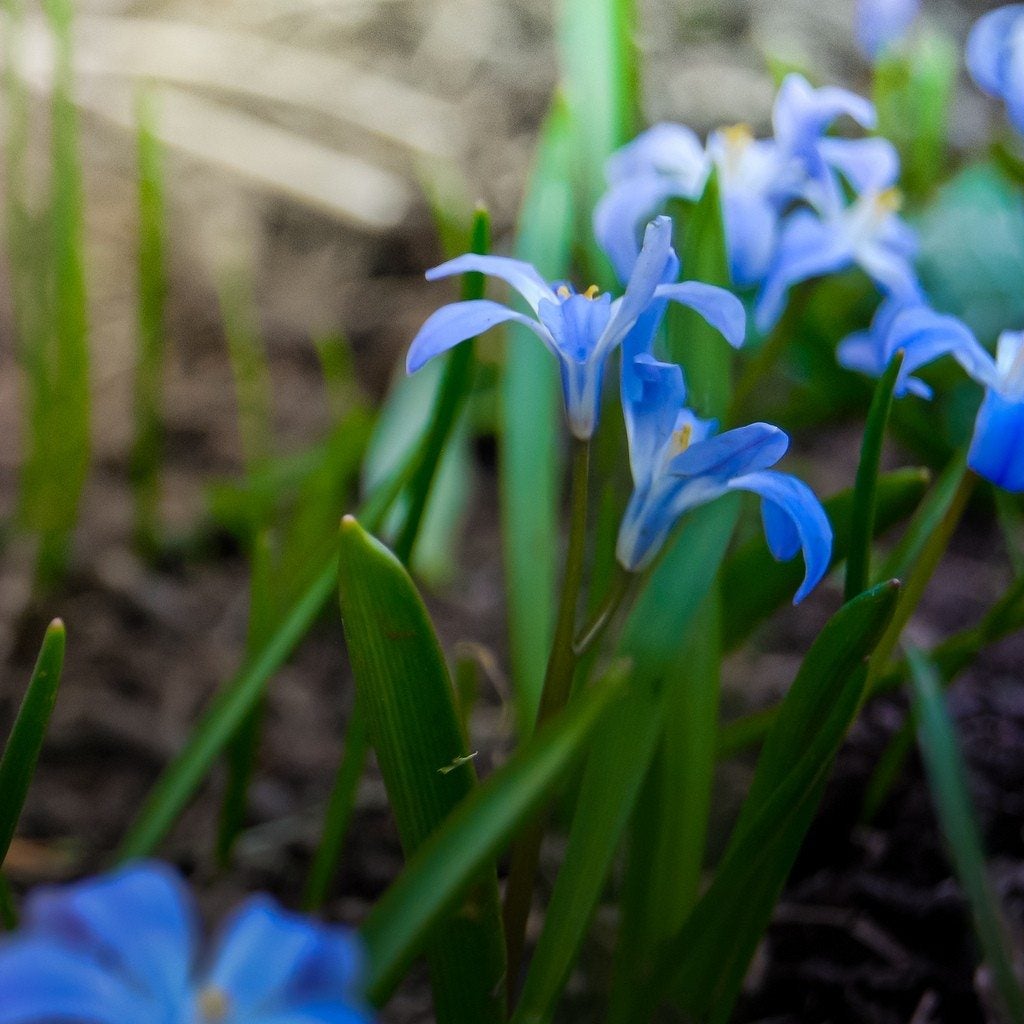Siberian Squill Information: Learn How To Grow Siberian Squill Plant


Siberian squill (Scilla siberica) is one of the earliest spring bulbs to come to flower. Siberian squill is a tough, little plant that thrives in cold climates. Use the bulbs in rock gardens, naturalized areas, and as an edging for flower beds and walkways. They look stunning in large drifts. Let's learn more about how to grow Siberian squill bulbs.
Siberian Squill Information
As you may have guessed, the Siberian squill plant is native to Siberia, as well as other parts of Russia and Eurasia. Extremely cold-hardy, the plants thrive in USDA hardiness zones 2 through 8 and never require lifting for winter storage. They can also be chilled and then forced into bloom indoors any time of year. Siberian squill plants naturalize well. Little tufts of grass-like foliage emerge first, reaching heights of 6 to 8 inches (15 to 20.5 cm.). The foliage is soon followed by stems of about the same height that hold up to three royal blue flowers. Once the flowers fade, the plant produces seeds that take root where they land. In fact, the plants reproduce themselves so readily that they may become invasive or weedy in some areas.
Growing a Siberian Squill Plant
Plant Siberian squill bulbs pointed end up in the fall in holes that are 5 inches (12.5 cm.) deep. Space the bulbs 2 to 4 inches (5 to 10 cm.) apart. Expect blooms that last for two to three weeks in early spring. Grow Siberian squill in a location with full sun or morning sun and afternoon shade. They need a well-drained site to prevent root and bulb rot and soil that is rich in organic matter. You can improve the organic content of the soil by working in a 2-inch (5 cm.) layer of compost before planting. Siberian squill grows well under deciduous trees where they will complete their bloom cycle before the trees leaf out. You can also try planting them in lawns where they will usually complete their bloom cycle before the lawn needs mowing. Try to wait until the foliage begins to die back before mowing, and if you must use a weed killer, do so in fall rather than spring. They combine well with other early spring-blooming bulbs, such as crocus and daffodil.
Care of Siberian Squill
Siberian squill is practically carefree when planted in a good location. Fertilize the plants when the foliage emerges in late winter or spring with a bulb fertilizer or a granular fertilizer that is low in nitrogen and high in phosphorus. You can deadhead the faded flowers as part of your care of Siberian squill to reduce self-seeding and prevent overcrowding and unwanted spreading. Leave the foliage to die back naturally. The plants are short, so the dying foliage is easily hidden behind other plants as they emerge in spring.
Gardening tips, videos, info and more delivered right to your inbox!
Sign up for the Gardening Know How newsletter today and receive a free copy of our e-book "How to Grow Delicious Tomatoes".

Jackie Carroll has written over 500 articles for Gardening Know How on a wide range of topics.
-
 Looking For Plants To Give You The Soft And Fuzzies? Try These 5 Fuzzy Leaf Plant Options
Looking For Plants To Give You The Soft And Fuzzies? Try These 5 Fuzzy Leaf Plant OptionsLovers of texture, drama, silver foliage and tactile plants will adore these special sensory garden additions. These fuzzy leaf plant options will leave you all aglow
By Susan Albert
-
 Get Ready For A Summer Of Hummers! Grow These Full Sun Hummingbird Plants and Flowers
Get Ready For A Summer Of Hummers! Grow These Full Sun Hummingbird Plants and FlowersIf you’re lucky enough to enjoy a sunny backyard, make sure you are maxing out on your pollinator opportunities and grow these full sun hummingbird plants and flowers
By Tonya Barnett